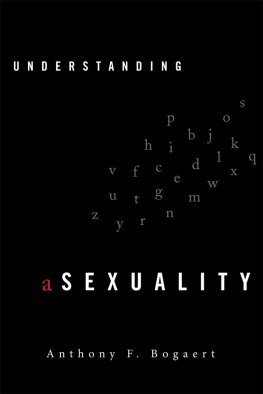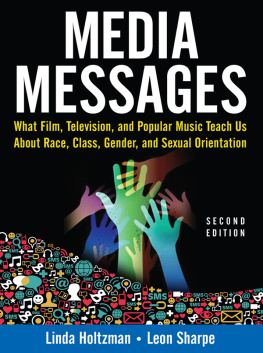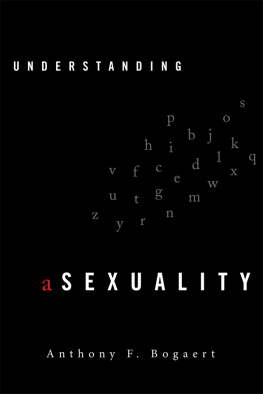Natures Choice
What Science Reveals About the Biological Origins of Sexual Orientation
Natures Choice
What Science Reveals About the Biological Origins of Sexual Orientation
Cheryl L. Weill

NEW YORK AND LONDON
First published 2009
by Routledge
270 Madison Ave, New York, NY 10016
Simultaneously published in the UK
by Routledge
2 Park Square, Milton Park, Abingdon, Oxon OX14 4RN
Routledge is an imprint of the Taylor & Francis Group, an informa business
This edition published in the Taylor & Francis e-Library, 2007.
To purchase your own copy of this or any of Taylor & Francis or Routledges collection of thousands of eBooks please go to www.eBookstore.tandf.co.uk.
2009 Taylor & Francis
All rights reserved. No part of this book may be reprinted or reproduced or utilised in any form or by any electronic, mechanical, or other means, now known or hereafter invented, including photocopying and recording, or in any information storage or retrieval system, without permission in writing from the publishers.
Trademark Notice: Product or corporate names may be trademarks or registered trademarks, and are used only for identification and explanation without intent to infringe.
Cover Design by Marylouise E. Doyle
Library of Congress Cataloging in Publication Data
Natures choice: what science reveals about the biological origins of sexual orientation / Cheryl L. Weill
p. cm.
Includes bibliographical references and index.
1. Sexual orientationPhysiological aspects. I. Weill, Cheryl L.
QP81.6.N38 2007
155.3dc22
2007050849
ISBN13: 978-1-135-69581-1 ePub ISBN
ISBN10: 0-7890-3474-3 (hbk)
ISBN 10: 0-7890-3475-1 (pbk)
ISBN 10: 0-2038-8929-0 (ebk)
ISBN 13: 978-0-7890-3474-8 (hbk)
ISBN 13: 978-0-7890-3475-5 (pbk)
ISBN 13: 978-0-2038-8929-9 (ebk)
This work is dedicated to:
The mothers, fathers, and family members of PFLAG,
who refuse to close their hearts and have found
the courage to open their minds.
&
The memory of Carl Sagan,
who believed that science should be accessible
to everyone.
Foreword
The study of sexual orientation has experienced an explosion of exciting new discoveries in recent years, so many that they would be difficult to summarize in a single book. Nevertheless, Dr. Cheryl Weill has authoritatively covered the most important discoveries and integrated them into an overall understanding of why most people in all societies are heterosexual, while some are not. The book is both readable and technically accurate in depicting a fascinating array of old and new scientific knowledge.
Since Weills book gives considerable attention to a theory that I and a former student formulated about 20 years ago (Ellis & Ames, 1987; Ellis, 1996), allow me to briefly sketch that theory here. It is called the neurohormonal theory of sexual orientation because its key premise is that human sexual orientationwhether homosexual, heterosexual, or somewhere in betweenis largely determined by hormones operating on the brain. More specifically, sex hormones (especially testosterone), operating on primitive parts of the brain in and around the limbic system guide the development of sexual orientation. This means that the higher brain centers used in rational thought and language comprehension have no direct bearing on sexual orientation.
Theoretically, the most crucial time for hormonal influences on sexual orientation is during the first six months after conception. In other words, sexual orientation is not learned, it is determined prenatally, although it will not be expressed in the form of sexual behavior and preferences until sexual maturity. If high levels of testosterone or one of its metabolites are prevalent in and around the limbic region of the brain prenatally, an individuals adult preference will be for female sex partners. If low, the preference will be for male sex partners.
What determines the availability of testosterone prenatally? Genes are very important, particularly ones located on the Y-chromosome (which only males have). These genes virtually ensure that would-be ovaries will form into testes instead. Once this happens, the testes become efficient little factories for making testosterone, but many other factors can complicate the process.
As Weill describes very well, considerable evidence suggests that the intrauterine environment can sometimes partially override the genetic instructions in several ways. For example, stress hormones secreted by the mother can temporarily shut down testosterone production by the fetuss testes. If this occurs during critical periods of brain development, sexual orientation can be altered from its normal course. Similarly, various drugs taken during pregnancy can either block or augment the fetuss production of testosterone or divert it from its usual metabolic pathway. Also, still poorly understood immunological factors appear to alter how sex hormones guide sexual orientation. Finally, the genetic instructions themselves sometimes mutate in ways that redirect sexual orientation during fetal development.
Overall, the neurohormonal theory maintains that a persons sexual orientation is the result of a complex and delicately balanced process whereby sex hormones operate on the brain during fetal development to ensure that most humans have offspring so as to perpetuate the species. A simple way to think about the theory is that it asserts that some of us, through no fault of our own, have brains that were sexed in ways that are contrary to how our genitals were sexed.
The neurohormonal theory stands in opposition to the idea that sexual orientation is learned through socialization. Although the theory recognizes that learning is a powerful force in affecting the expression of sexuality, it maintains that the major forces behind our basic preferences for either male or female sex partners is determined long before we are culturally socialized.
Weills book is useful in providing a well-documented summary of research findings on a wide array of traits that statistically distinguish heterosexuals and homosexuals. To give just a few examples, Weill discusses several studies that have found male homosexuals having larger penises than do their heterosexual counterparts. And, with few exceptions, certain finger-length ratios have been repeatedly found to distinguish males from females and heterosexuals from homosexuals within both sexes. Research that I find particularly interesting is that which statistically links left-handedness with homosexuality (partly because I am a left-hander, albeit heterosexual). Weill reveals how these and several other fascinating average differences could be related to testosterones complex effects both inside and outside of the brain.
In conclusion, owing partly to her background in biochemistry, Weill has assembled an impressive document on what science now knows about the causes of variations in sexual orientation. And, the authors training in social work has ensured that, throughout the book, readers never lose sight of the human dimension in sexual orientation. This book should be read by everyone who is truly interested in this intriguing aspect of human sexuality.








